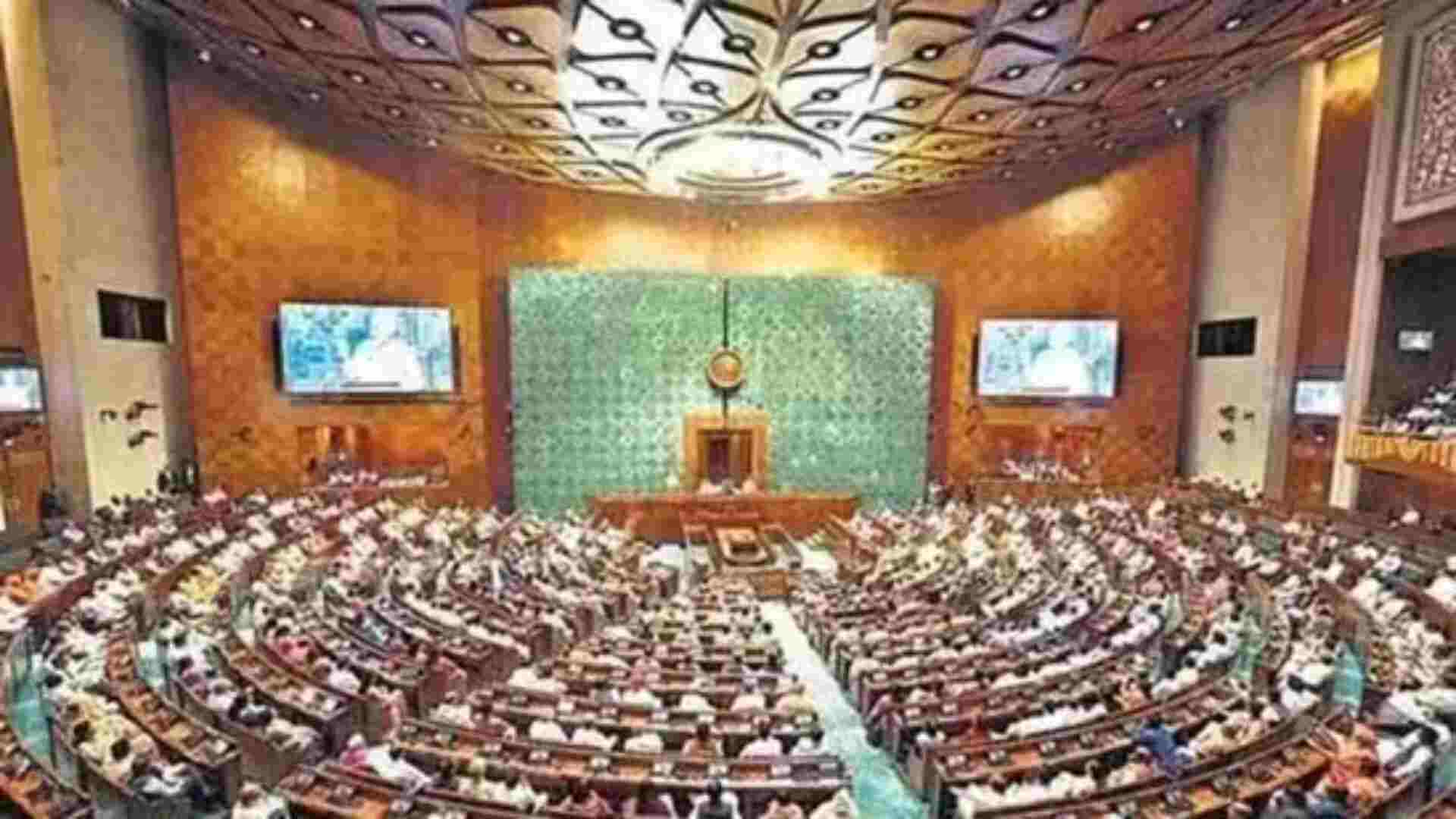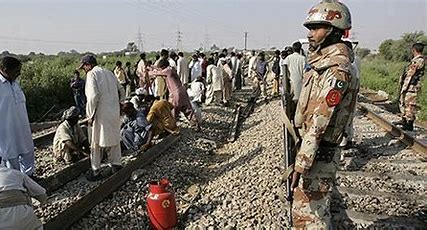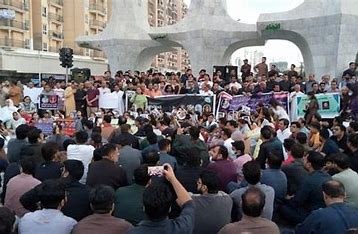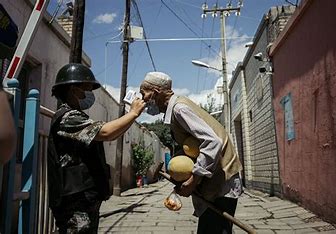As foreign governments airlifted hundreds of their diplomats and other citizens to safety, Sudanese on Monday desperately sought ways to escape the chaos, fearing that the country’s two rival generals will escalate their all-out battle for power once evacuations are completed.
In dramatic evacuation operations, convoys of foreign diplomats, civilian teachers, students, workers and families from dozens of countries wound past combatants at tense front lines in the capital of Khartoum to reach extraction points.Others drove hundreds of miles to the country’s east coast.
A stream of European, Mideast, African and Asian military aircraft flew in all day Sunday and Monday to ferry them out.But for many Sudanese, the airlift was a terrifying sign that international powers, after failing repeatedly to broker cease-fires, only expect a worsening of the fighting that has already pushed the population into disaster.
U.S. Secretary of State Antony Blinken said he had helped broker a 72-hour cease-fire to begin late Monday.It would extend a nominal truce coinciding with a Muslim holiday that brought almost no reduction in fighting but helped to facilitate the evacuations.
U.N. Secretary-General Antonio Guterres warned of a “catastrophic conflagration” that could engulf the whole region.He urged the 15 members of the Security Council to “exert maximum leverage” on both sides in order to “pull Sudan back from the edge of the abyss.”
Sudanese face a harrowing search for safety in the constantly shifting battle of explosions, gunfire and armed fighters looting shops and homes.Many have been huddling in their homes for nine days. Food and fuel are leaping in price and harder to find, electricity and internet are cut off in much of the country, and hospitals are near collapse.
Those who can afford it were making the 15-hour long drive to the Egyptian border or to Port Sudan on the Red Sea coast. Those without means to get abroad streamed out to relatively calmer provinces along the Nile north and south of Khartoum.
Many more were trapped, with cash in short supply and transport costs spiralling.
“Travelling out of Khartoum has become a luxury,” said Shahin al-Sherif, a high school teacher. The 27-year-old al-Sherif was frantically trying to arrange transport out of Khartoum for himself, his younger sister, mother, aunt and grandmother.
They had been trapped for days in their home in Khartoum’s Amarat neighbourhood while fighting raged outside. Finally, they moved to a safer district farther out.But al-Sherif expects things to get worse and worries his sister, aunt and grandmother, all diabetic, won’t be able to get the supplies they need. Bus ticket prices have more than quadrupled so that renting a bus for 50 people to get to the Egyptian border costs around $14,000, he said.Heavy gunfire and thundering explosions rocked the city in continued fighting between the military and a rival paramilitary group called the Rapid Support Forces.
Over 420 people, including at least 273 civilians, have been killed and over 3,700 wounded since the fighting began April 15. The military has appeared to have the upper hand in fighting in Khartoum but the RSF still controls many districts in the capital and the neighbouring city of Omdurman, and has several large strongholds around the country.
For foreign nationals, the need to abandon Khartoum had become overwhelming by the seventh day of the conflict. Khartoum’s wealthy neighbourhoods, where most foreigners live, saw some of the heaviest shelling and drone strikes, and several fell under RSF control.
The United States said Monday that it has begun facilitating the departure of private U.S. citizens after swooping in to extract diplomats on Sunday. White House national security adviser Jake Sullivan said the U.S. has placed intelligence and reconnaissance assets over the evacuation route from Khartoum to Port Sudan but does not have any U.S. troops on the ground.















